Where slavery is, there liberty cannot be; and where liberty is, there slavery cannot be
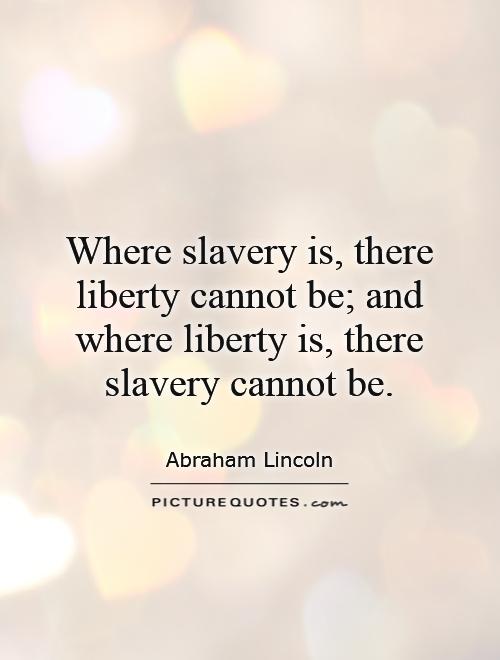
Where slavery is, there liberty cannot be; and where liberty is, there slavery cannot be
Abraham Lincoln, the 16th President of the United States, is often remembered for his role in abolishing slavery in America. His famous quote, "Where slavery is, there liberty cannot be; and where liberty is, there slavery cannot be," encapsulates his belief in the inherent contradiction between the two concepts. Lincoln understood that true freedom and equality could not coexist with the institution of slavery.Throughout his presidency, Lincoln worked tirelessly to end the practice of slavery in the United States. He believed that the enslavement of human beings was a moral evil that went against the principles of liberty and democracy upon which the nation was founded. In his view, the existence of slavery was a stain on the country's conscience and a barrier to achieving true freedom for all its citizens.
Lincoln's commitment to ending slavery was evident in his actions as president. He issued the Emancipation Proclamation in 1863, declaring that all slaves in Confederate-held territory were to be set free. This was a bold and controversial move that marked a turning point in the Civil War and paved the way for the eventual abolition of slavery in the United States.
Lincoln's belief in the incompatibility of slavery and liberty was not just a political stance, but a deeply held conviction. He understood that as long as one group of people was denied their basic human rights and treated as property, true freedom could never be achieved. He saw the struggle for emancipation as a necessary step towards creating a more just and equitable society for all Americans.
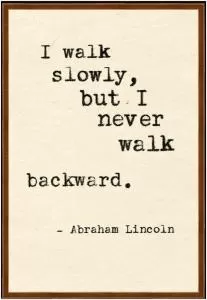



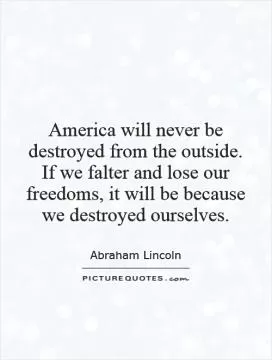

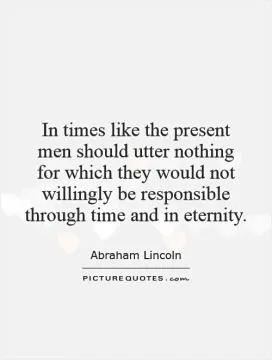
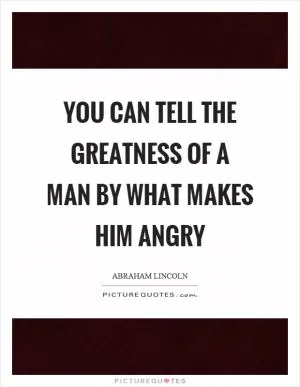

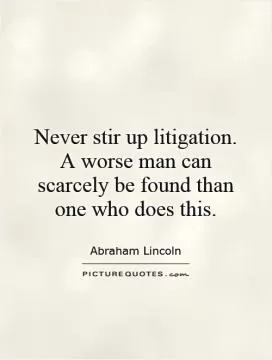
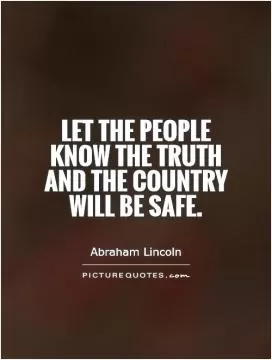

 Friendship Quotes
Friendship Quotes Love Quotes
Love Quotes Life Quotes
Life Quotes Funny Quotes
Funny Quotes Motivational Quotes
Motivational Quotes Inspirational Quotes
Inspirational Quotes